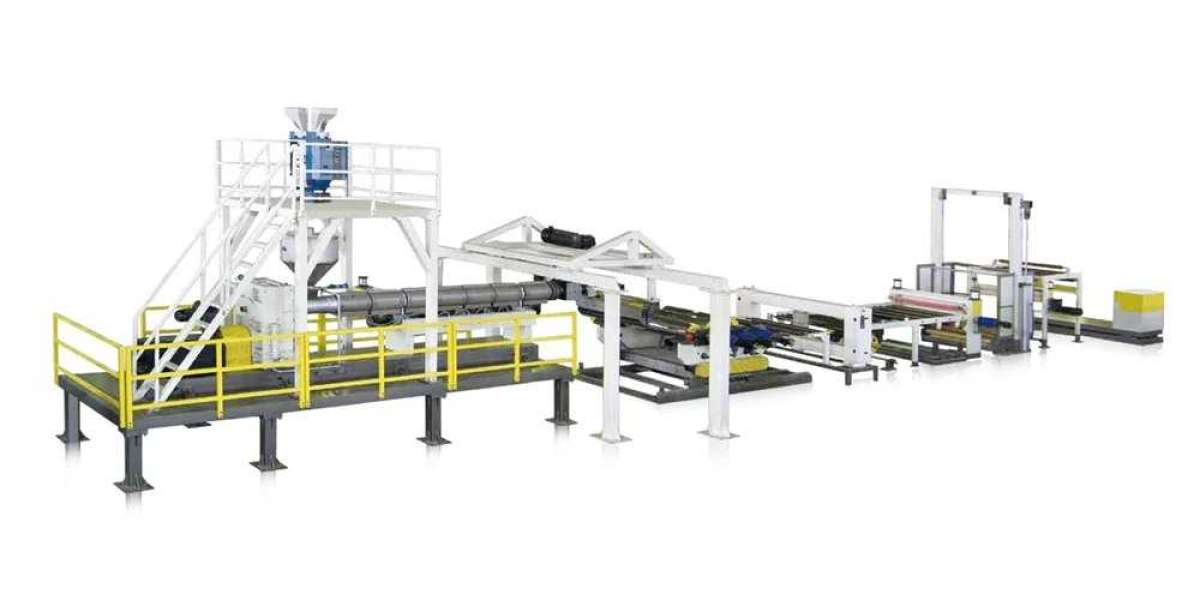Optical grade sheet extrusion production line is a highly specialized manufacturing process that produces high-quality sheets with excellent optical properties. These sheets are used in various industries, including automotive, aerospace, medical, and electronics. The production process involves several steps, including material preparation, extrusion, cooling, and finishing. In this blog post, Jwell Machinery will discuss the features of an optical grade sheet extrusion production line in detail.
Features of Optical Grade Sheet Extrusion Production Line provide
Material Preparation
The first step in the production process is material preparation. The raw materials used in the production of optical grade sheets are typically thermoplastic polymers, such as polycarbonate, acrylic, and PETG. These materials are carefully selected for their optical properties, including clarity, transparency, and light transmission.
Before the extrusion process can begin, the raw materials must be prepared. This involves drying the materials to remove any moisture, which can cause defects in the final product. The materials are then mixed with any necessary additives, such as UV stabilizers or colorants, to achieve the desired properties.
Extrusion
The extrusion process is the heart of the optical grade sheet production line. This is where the raw materials are melted and formed into a continuous sheet. The extrusion process involves several key components, including the extruder, die, and cooling system.
The extruder is a machine that melts and mixes the raw materials. The melted material is then forced through a die, which shapes the material into a flat sheet. The die is designed to produce a uniform thickness and width, ensuring consistent optical properties throughout the sheet.
Cooling
After the sheet is formed, it must be cooled to solidify the material and prevent warping or distortion. The cooling process is critical to the final product's optical properties, as it affects the sheet's clarity and transparency.
The cooling system typically consists of a series of rollers that gradually cool the sheet as it passes through the production line. The rollers are designed to maintain a consistent temperature and pressure, ensuring that the sheet cools evenly and without defects.

Finishing
Once the sheet is cooled and solidified, it is ready for finishing. This involves trimming the edges of the sheet to the desired size and shape. The sheet may also be polished or coated to enhance its optical properties.
Polishing involves using a series of abrasive materials to remove any surface imperfections and create a smooth, glossy finish. Coating involves applying a thin layer of material to the surface of the sheet to enhance its optical properties, such as UV resistance or scratch resistance.
Conclusion
Optical grade sheet extrusion production line is a highly specialized manufacturing process that requires precision control, advanced cooling systems, high-quality materials, and advanced finishing techniques. The production process involves several steps, including material preparation, extrusion, cooling, and finishing.
The final product is a high-quality sheet with excellent optical properties that are used in various industries, including automotive, aerospace, medical, and electronics. By understanding the features of an optical grade sheet extrusion production line, manufacturers can produce high-quality sheets that meet the demanding requirements of these industries.
https://www.jwellplas.com/Features-of-optical-grade-sheet-extrusion-production-line.html








